Uncategorized
Can Whey Protein Cause Acne? What you need to know.
Wondering if whey protein is causing your acne? Learn how whey protein acne happens, signs to watch for, and skin-friendly alternatives that support clear skin.
If you’re committed to glowing skin and a strong body, protein powders might be part of your routine. But if you’re struggling with whey protein acne—those breakouts along the chin, jawline, or cheeks—it might be time to rethink your smoothie ingredients.
Recent research suggests a strong link between whey protein acne and hormonal breakouts, especially in people prone to acne around the chin, jawline, and cheeks. And it’s not just anecdotal.
If you’re dealing with persistent acne despite a clean skincare routine, your protein powder might be part of the problem.
Let’s unpack the science.
What Is Whey Protein—and Why Might It Trigger Acne?
Whey is a protein derived from milk. It’s loved for its ability to quickly repair and rebuild muscle tissue—hence its popularity among fitness enthusiasts.
However, whey protein appears to stimulate insulin and insulin-like growth factor 1 (IGF-1), which can increase oil production and keratinocyte (skin cell) growth—two key factors that can contribute to clogged pores and acne.
A study published in the Journal of the American Academy of Dermatology found that young adults who consumed whey protein supplements experienced new-onset acne or worsened breakouts, often on the face, chest, and back (Pontes et al., 2013). Another more recent review also highlights the hormonal effects of dairy-derived proteins, showing that they can exacerbate conditions like acne due to changes in endocrine pathways (Danby et al., 2017).
Even in otherwise healthy adults, whey’s impact on insulin response and IGF-1 may disrupt the skin’s oil production, particularly in those already genetically or hormonally predisposed to acne (2024 review on PMC).
Spotting the Signs of Whey Protein Acne
If you’ve recently started taking whey protein—or increased your intake—and have noticed new breakouts around the jawline, chin, or hairline, it might be more than a coincidence. These areas are especially hormone-sensitive, making them common zones for IGF-1-related breakouts.
Other potential signs include:
- Cystic, inflamed pimples that linger
- Breakouts appearing within weeks of supplement use
- Clear skin returning once whey is eliminated
If these sound familiar, you might be experiencing whey protein acne.
The Smarter Swap: Skin-Friendly Protein Alternatives
If you suspect whey protein is contributing to your acne, try eliminating it for 4 weeks and monitor your skin’s response. In the meantime, there are several high-quality, skin-loving protein alternatives that don’t disrupt hormone pathways:
- Pea protein: A complete plant-based protein with minimal effect on IGF-1
- Hemp protein: Anti-inflammatory and rich in omega-3s
- Collagen peptides: Bonus benefits for skin elasticity and hydration
- Pumpkin seed protein: Mineral-rich and gentle on digestion
These options can help support your fitness goals—without compromising your skin.
Final Thoughts: Clear Skin Starts with Informed Choices
At Shine Skin and Body, we believe in treating acne from the inside out. If you’re doing everything right with your skincare routine but still seeing stubborn breakouts, it might be time to look at what’s going into your body—not just what’s going onto your skin.
If you suspect you’re experiencing whey protein acne, we can help you identify the root cause. A personalised consultation can help pinpoint potential internal triggers and guide you toward holistic solutions—whether that’s adjusting supplements, tailoring your home care, or introducing targeted facials.
Your journey to clearer skin might just start with one small change in your protein shake.


